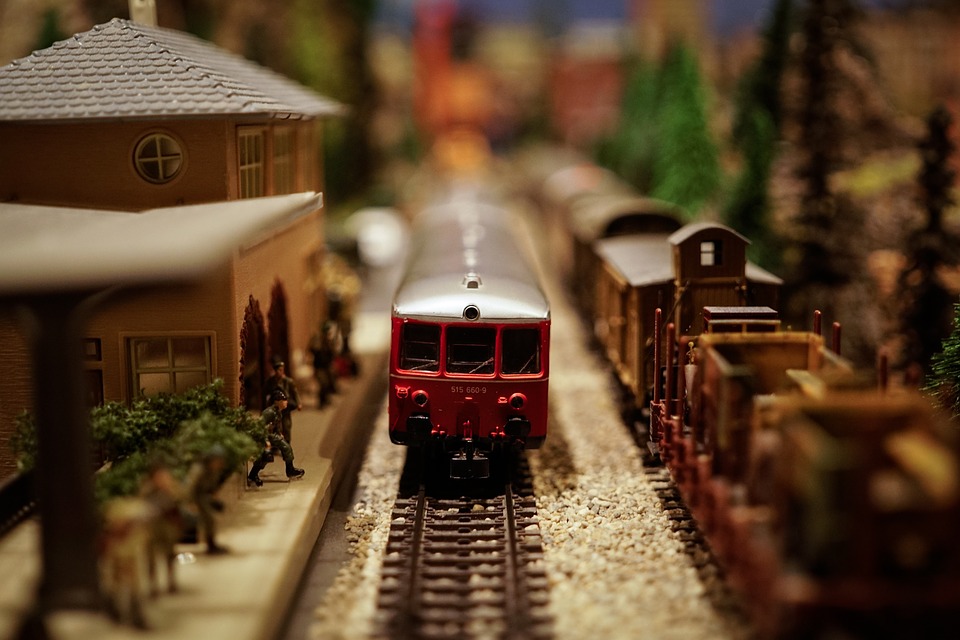Recent Posts
5 Fun Facts About the Most Popular High Current Relays
Posted by on

Are you a hobby enthusiast? Do you love model railroads? Then you're certainly aware of high current relays. In a nutshell, relays are an electromagnetic switch, using a small voltage or current to switch to a large voltage or current, and vice versa. It essentially functions as a switch that turns another switch on or off. But why do we use them, and what other purposes do they serve?
Some Fun Details on High Current Relays
- Relay Coils require far less current than other accessories. A track-contact turn on a relay that includes a capacitor that is parallel with its coil, will usually offer a reliable "holding" turn on/off action that runs smoothly without sparking. Activating the relay allows the magnetic switch contacts to turn accessories on or off at the desired time. These contacts switch large currents easily.
- When you want to enable or disable multiple devices at one time, it's not always possible to have those devices located in the same place as the toggle switch or controlling contact. Often it is easier to run one or two wires from the controlling switch to a remote relay that is where the devices are. The more complex wiring can then be done where the remote relay is located, and allows the relay to act as a multiple switch.
- The coils of different types of high current relays have been designed to be powered by different voltages, some AC powered, some DC powered. Some relays can also handle radio frequencies, giving the relay credit as being a form of an amplifier as well.
- In model railroad applications, relays offer track-side control of accessories such as signals and operating gates. Switching contacts allow the relay to make contact on or off to either power or shut off power to various other parts.
- Also, in the model train versions, the train occupying the track energizes relay coils. When it's not on the track, the coil is not energized. Depending on your preferences, a capacitor can be used across the coil to reduce noise caused by intermittent contact of the trains wheels when it's completing the coil circuit.
Whether it's high current relays or linear actuators, these small but somewhat complicated parts can have a huge effect on the fun and realism of our favorite hobbies. But that won't stop us from chugging on down the track!

